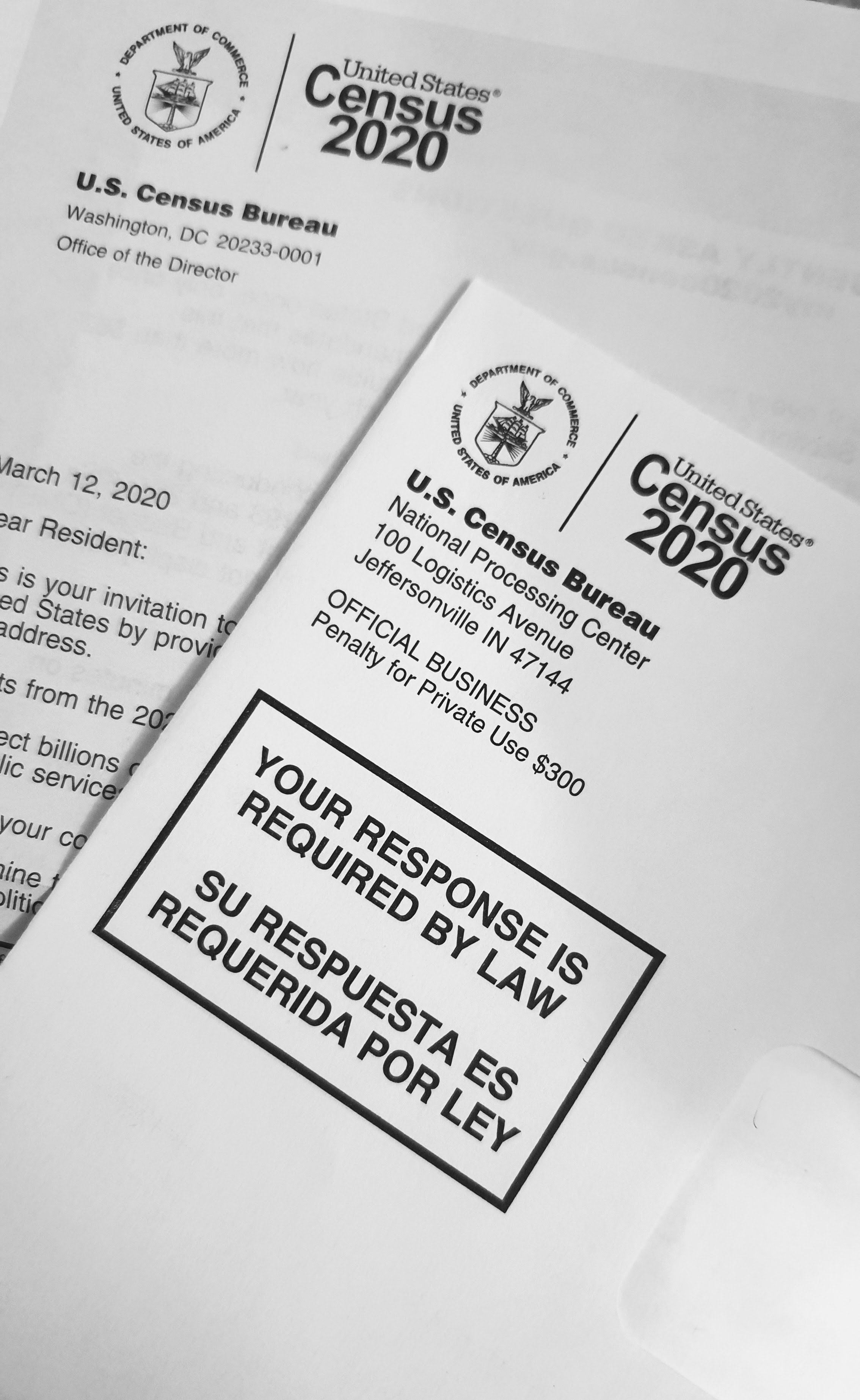What the US census can't tell us about the Latinx population
Medical Pharmaceutical Translations • Dec 5, 2022 12:00:00 AM

According to the latest statistics from the US Census Bureau, 18.9% of the population is Hispanic or Latino. But as San Diego State University professor Ramona L. Pérez points out in a recent exposé of census reporting on people of Latine heritage, this doesn’t tell the full story.
Many people consider “Hispanic” and “Latinx”, “Latino”, or, as Pérez prefers, “Latine”, as the same thing. But this is a mistake. For one thing, unlike what the term “Hispanic” implies, not all Latine people speak Spanish.
In Mexico, for example, nearly one fifth of the population identifies as Indigenous or Afro-Mexican. Instead of or in addition to Spanish, people in these groups speak one or more of 68 Indigenous Mexican languages or perhaps other dialects.
So, terms we use to cover a significant portion of the US population don’t account for the myriad of cultural and ethnic backgrounds contained within it.
Fortunately, there have been improvements. For instance, the 2020 US census added more categories for people who identify themselves as “Latino”. But Pérez argues that these categories still don’t account for certain groups like the aforementioned Indigenous and Afro- Mexicans. She points out that the Census Bureau itself notes that “’the vast majority (94%) of responses to the race question that are classified as Some Other Race are from people of Hispanic or Latino origin.’”
These issues certainly don’t help when it comes to laypersons being able to understand what “Latine” really means. For instance, would the average person, including someone in the medical industry, be aware that rather than Spanish, a person of Latine background may instead speak French, Portuguese, Haitian, or an indigenous language?
In the healthcare world, this knowledge is important for a number of reasons. For one, in order to be able to communicate effectively, healthcare providers and organizations should understand the local population. When it comes to the Latinx population, they should know whether they need to focus on Spanish-language patient education material and interpreters, or prioritize or include other languages.
Healthcare providers also need to keep in mind that medical interpreting and translation goes beyond language. Different cultures view things like treatments, decision-making, and the role of family differently.
Awareness of these issues is the best way to provide better care for patients and to truly be able to have meaningful and effective conversations about their conditions and treatment.
And let’s not forget that linguistic and cultural nuances are also important in healthcare communication and marketing. An awareness or ad campaign that doesn’t understand its audience can often fall flat, or, worse still, become a notorious (and, in healthcare, potentially dangerous) translation fail. Organizations and advertisers with the best of intentions may be creating messaging based on what years of inadequate survey questions and representation have taught us about the Latine population.
Luckily, there are solutions. Anyone concerned that they may not be approaching their target culture correctly can start by doing some research. And if they need help, they can call on a transcreator, someone who knows not only a group’s language(s) but also its culture.
The Latine population is full of cultural and linguistic diversity. Learning how to get your message across the right way comes down to much more than numbers.
Contact Our Writer – Alysa Salzberg
